Nestled between two buildings on Richmond Street West is an amazing green space that constantly delights those who reside in or visit the King/Spadina community. The south side of the garden is located on Richmond Street West, and it extends northward to Toronto’s famous Graffiti Alley. This alley is between Queen West and Richmond Street, bounded on the east by Spadina Avenue and on the west by Portland Street.
Due to the modest size of the Alex Wilson Community Garden, unless a person actually enters it and walks along the boardwalk that passes through its greenery, one would never suspect the variety and scope of the plants it contains. I always derive great pleasure from strolling through the garden and observing the changes as we progress through the Canadian seasons.
The following information is posted on the door of the toolshed located within the garden.
The Alex Wilson Community Garden opened in 1998 in memory of Alex Wilson, a local landscape designer, journalist and guerrilla gardener. He was a partner at Garrison Creek Planting Company which advocated for developing urban agriculture and reintroducing native planting into the domestic landscape. He believed this was how we could best nurture and improve not only the city’s ecosystem, but also its social and economic relations. Alex is best known for his cross disciplinary book, The Culture of Nature: North American Landscape from Disney to the Exxon Valdez.
The garden showcases many native plants alongside 40 food-growing allotments while offering a pedestrian corridor and quiet green space for residents and visitors. Over the years it has become a cherished asset to this community. The garden is cared for entirely by volunteers and members.The land was gifted by a local family to the City of Toronto, and a conservation easement was registered on title – to the Alex Wilson Community Garden Corporation, a registered charity. The easement stipulates that the land is to remain a community garden in perpetuity.
A full restoration of the garden was completed in Spring 2017, made possible by the efforts of many volunteers and the generous funding of the Weston Family Parks Challenge, the City of Toronto and the Alex Wilson Community Garden.
Visit us on facebook.com/alexwilsoncommunitygarden.
For membership information or to make a charitable donation to the garden, please contact [email protected].
The following excerpt is from a presentation made to to the Ontario Municipal Board in 2004.
“In an act of extraordinary generosity, Dianne Croteau and Richard Brault decided to donate their land in order to create a permanent community garden in Alex’s name. In order to ensure that the land would be used as a community garden in perpetuity, Dianne and Richard donated the property to the city with a conservation easement attached to the land title—an easement that would protect the integrity of this community garden as a place where community members could grow food and tend native plant habitats. As far as we know, this represents a first—the only community garden easement in Toronto’s history—and it was an arrangement embraced by the city’s Parks Department as a visionary partnership between the private and public sectors. The city was given the generous gift of a new public park/community garden, and the community took on the responsibility of building and maintaining the park/community garden.”
The sign on the west side of the entrance to the garden from Richmond Street.
View from the south end of the wooden pathway constructed of white oak, which passes through the garden from Richmond Street, north to Graffiti Alley.
In this view, the individual plots maintained by volunteers can be seen. The camera faces north toward Graffiti Alley. Photo taken in August 2017.
Each volunteer plants his/her plot according to their own needs and wishes, and then harvest the results. Flowers, herbs and vegetables are included.
A butterfly perched on the lettuce in one of the plots.
(left) The toolshed and water reservoirs in the garden. (right) View of the green roof on the shed.
Volunteers working among the greenery, the bright colours of graffiti art visible in the laneway behind the garden.
View from the north end of the garden, looking south toward Richmond Street West.
Looking south into the garden from Graffiti Alley, the rockery of the garden in the foreground.
People who gathered for the official reopening of the garden on September 17, 2017.
Toronto is very fortunate to have this unique green space in its downtown core—the Alex Wilson Community Garden.
To view the Home Page for this blog: https://tayloronhistory.com/
For more information about the topics explored on this blog:
https://tayloronhistory.com/2016/03/02/tayloronhistory-comcheck-it-out/
Books by the Blog’s Author
“Toronto’s Theatres and the Golden Age of the Silver Screen,” explores 50 of Toronto’s old theatres and contains over 80 archival photographs of the facades, marquees and interiors of the theatres. It relates anecdotes and stories by the author and others who experienced these grand old movie houses.
To place an order for this book, published by History Press:
https://www.arcadiapublishing.com/Products/9781626194502
Book also available in most book stores such as Chapter/Indigo, the Bell Lightbox and AGO Book Shop. It can also be ordered by phoning University of Toronto Press, Distribution: 416-667-7791 (ISBN 978.1.62619.450.2)
Another book on theatres, published by Dundurn Press, is entitled, “Toronto’s Movie Theatres of Yesteryear—Brought Back to Thrill You Again.” It explores 81 theatres and contains over 125 archival photographs, with interesting anecdotes about these grand old theatres and their fascinating histories. Note: an article on this book was published in Toronto Life Magazine, October 2016 issue.
For a link to the article published by Toronto Life Magazine: torontolife.com/…/photos-old-cinemas-doug–taylor–toronto-local-movie-theatres-of-y…
The book is available at local book stores throughout Toronto or for a link to order this book: https://www.dundurn.com/books/Torontos-Local-Movie-Theatres-Yesteryear

Another publication, “Toronto Then and Now,” published by Pavilion Press (London, England) explores 75 of the city’s heritage sites. It contains archival and modern photos that allow readers to compare scenes and discover how they have changed over the decades.
Note: a review of this book was published in Spacing Magazine, October 2016. For a link to this review:
spacing.ca/toronto/2016/09/02/reading-list-toronto-then-and-now/
For further information on ordering this book, follow the link to Amazon.com here or contact the publisher directly by the link below:
http://www.ipgbook.com/toronto–then-and-now—products-9781910904077.php?page_id=21
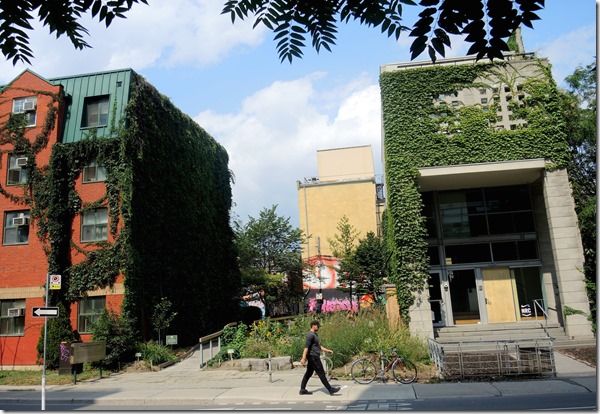
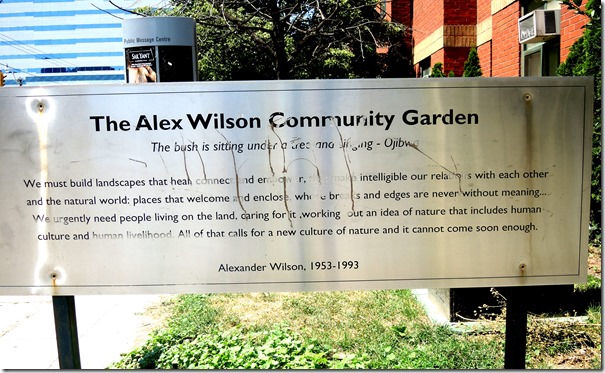

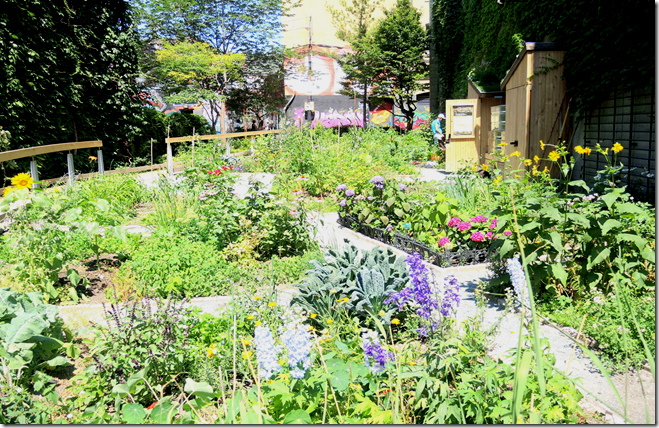
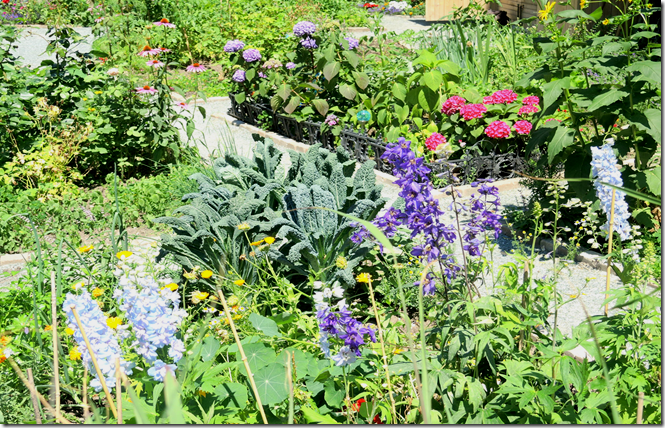


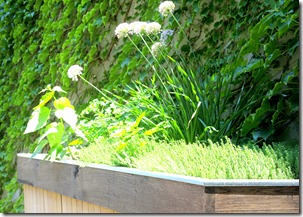
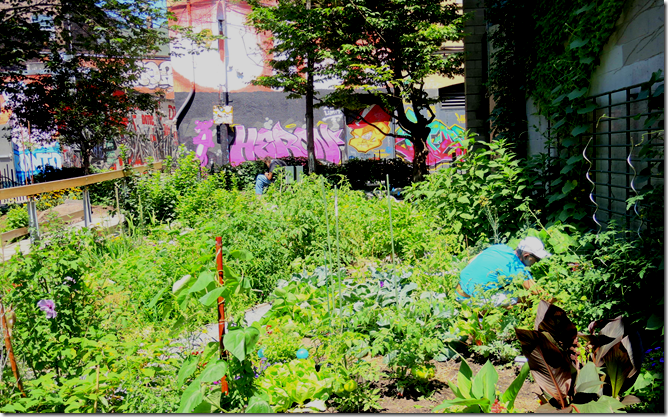
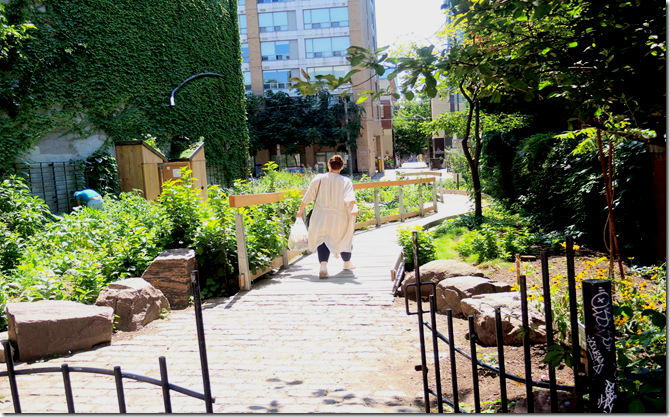
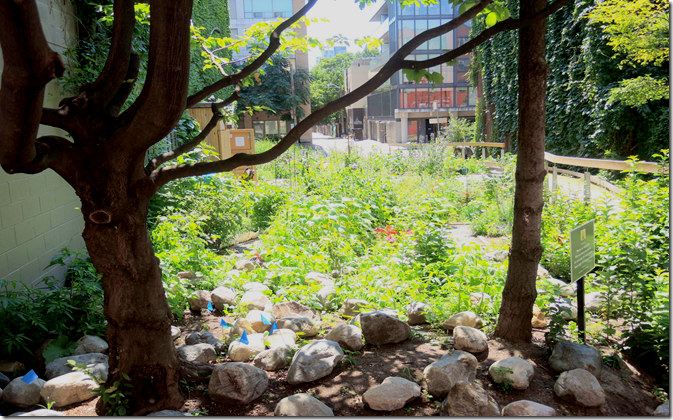
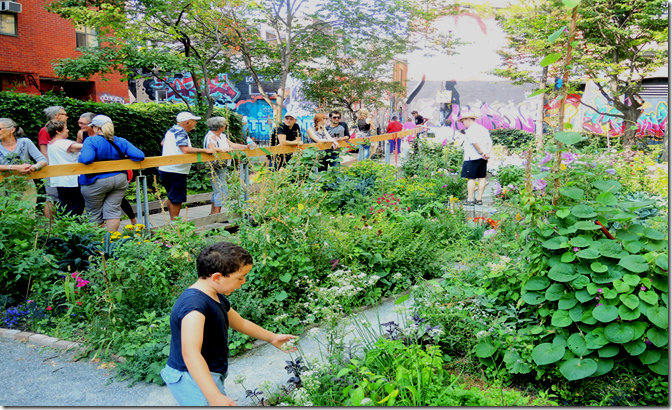
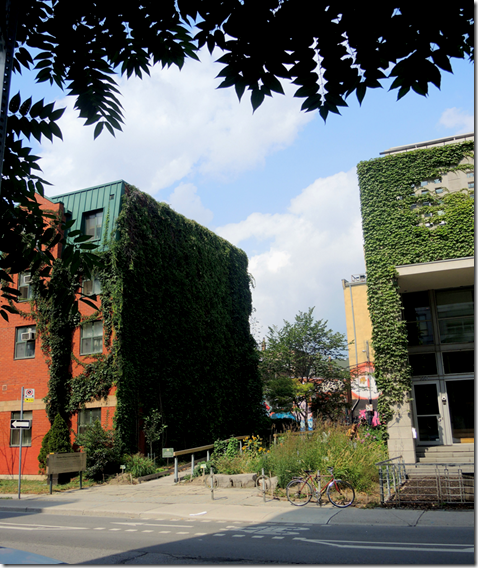
![cid_E474E4F9-11FC-42C9-AAAD-1B66D852[1] cid_E474E4F9-11FC-42C9-AAAD-1B66D852[1]](https://tayloronhistory.com/wp-content/uploads/2017/09/cid_e474e4f9-11fc-42c9-aaad-1b66d8521_thumb1.jpg)
![image_thumb6_thumb_thumb_thumb_thumb[1] image_thumb6_thumb_thumb_thumb_thumb[1]](https://tayloronhistory.com/wp-content/uploads/2017/09/image_thumb6_thumb_thumb_thumb_thumb1_thumb.png)